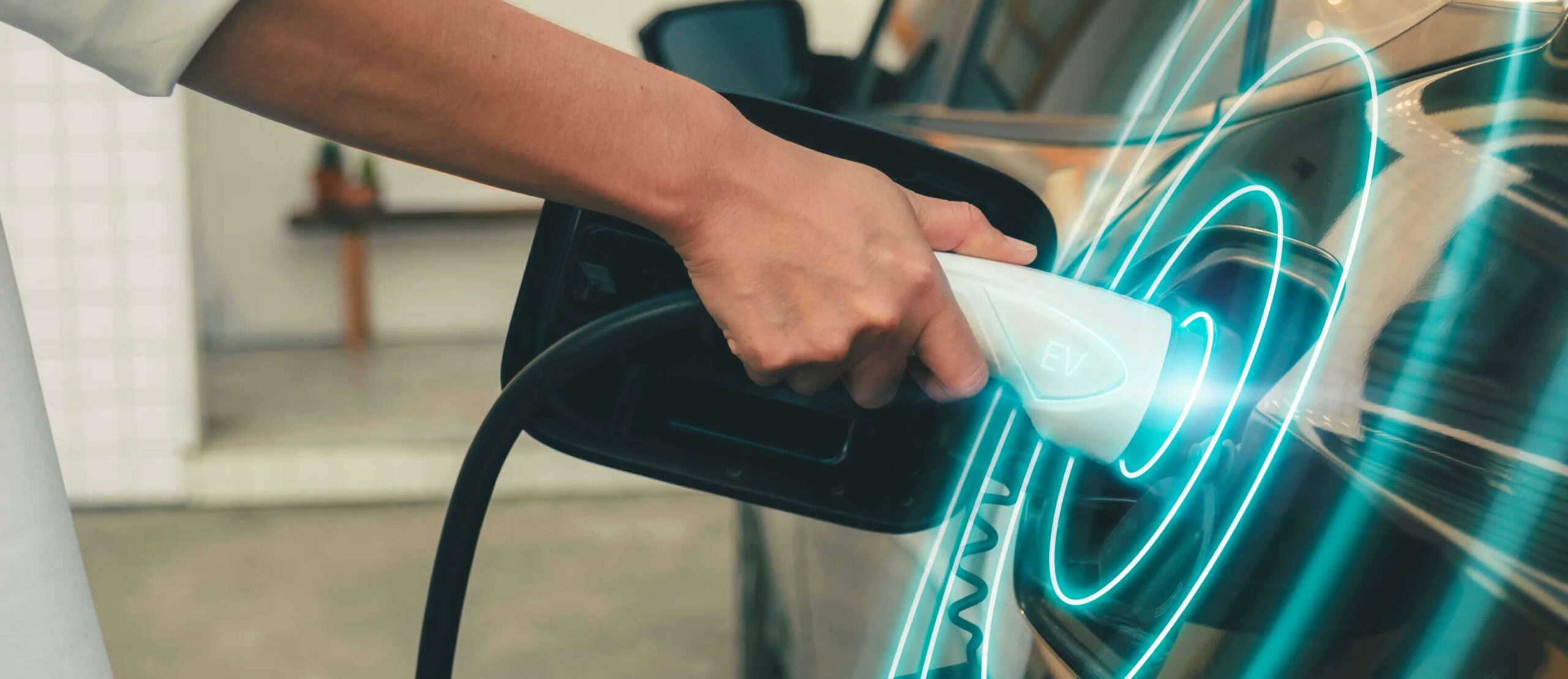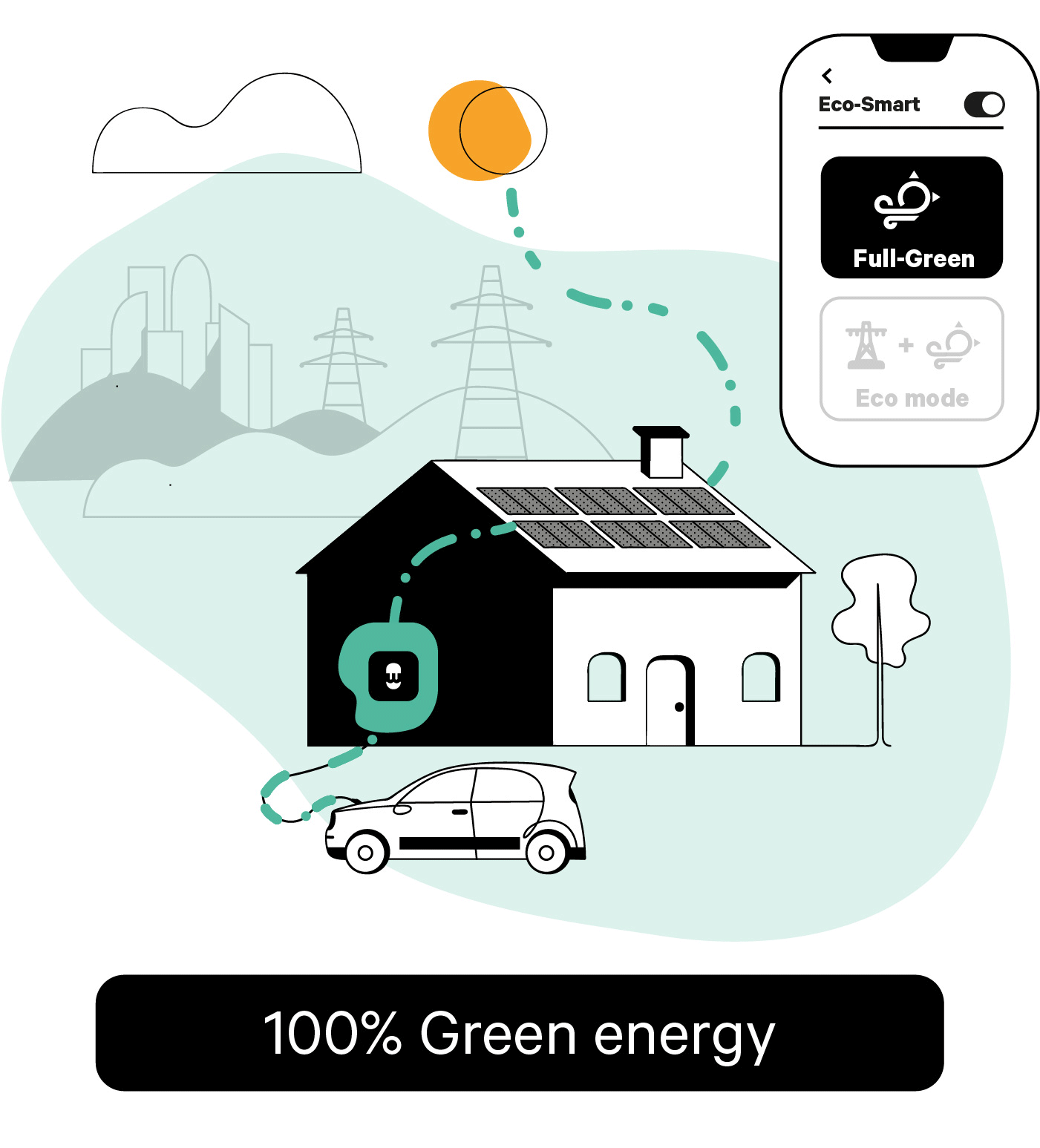No matter how comfortable you feel charging your EV, following these best practices is important if you want to charge safely and efficiently.
-
Choose the right equipment:
Select a charging station that meets your needs, considering factors like charging speed and vehicle compatibility.
-
Install your charging equipment correctly:
Hire a licensed electrician to ensure proper installation.
-
Monitor charging sessions:
Monitor the process to track energy delivered, charging rate, and estimated completion time.
-
Charge during off-peak hours: Schedule your charging sessions during off-peak hours, typically late at night or in the early morning, to take advantage of lower electricity rates and help reduce strain on the electrical grid.
-
Maintain proper ventilation:
Make sure your charging area has adequate ventilation to reduce the heat generated during charging.
-
Follow basic safety guidelines:
Adhere to general safety precautions like keeping the area clear of flammable materials, avoiding charging in wet conditions, and unplugging the charger when not in use.
-
Follow manufacturer’s guidelines:
Refer to the manufacturer’s instructions for both your charging equipment and your EV to ensure proper usage.
-
Purchase certified charging devices:
Look for charging devices certified by a testing laboratory to ensure they are safe and reliable.
-
Use dedicated outlets:
Plug Level 1 chargers directly into outlets designed to handle the amperage. Never use multiplug adapters or extension cords.
-
Install a residual current device (RCD):
Consider installing an RCD or ground fault circuit interrupter (GFCI) with the charging unit to detect faults and protect against electrical hazards.
-
Keep components out of reach of children:
Store the charging connector and cable in a safe place away from children to prevent accidents and damage.
-
Follow vehicle maintenance guidelines:
Regularly inspect and maintain the components of your charging station according to manufacturer’s recommendations for optimal performance and safety.
-
Protect the charging station outlet:
Use a protective cover or cap to prevent water and dust from entering the power outlet.
-
Avoid charging to the max:
Charging your EV up to 100% capacity regularly may strain the battery pack over time. Consider charging to a slightly lower level (about 80%), which should cover your daily commute.
-
Time your charge:
Take advantage of smart charging features or schedule your charging sessions to optimize convenience and energy management.
Charge ahead with confidence: Trust Freedom Solar Electric
Charging your EV at home is a straightforward process, as long as you prioritize safety. By selecting the right equipment, ensuring proper installation, and being familiar with charging processes, you can enjoy the benefits of EV charging at home. Embracing these safety tips not only provides convenience and savings, but can also contribute to a cleaner, greener future.

At Freedom Solar Electric, we understand the importance of a seamless and safe EV charging experience. That’s why we’ve teamed up with the best companies to offer you EV charging that is convenient, affordable, and sustainable. Plus, you can help make an even bigger difference for the planet, by going solar with Freedom Solar Electric. You’ll not only be able to charge your EV with clean, solar energy, but you can also save money on your electric bill. Together, let’s drive toward a greener tomorrow. Find out more about EV chargers today.
Is it safe to charge an EV at home?
Yes. While charging lithium-ion batteries at home can present certain risks, such as fires and a potential shock hazard, by following best practices, including working with a licensed electrician and following all instructions for your specific charger and EV, you can charge safely at home.
How can I reduce my energy costs when charging my EV at home?
Charging your EV battery will increase your energy usage, adding to the cost of electricity. You can keep costs down by charging off-peak to take advantage of reduced electricity rates. Plus, you can set an optimal battery charge that’s below 100%, keeping energy costs down while also helping to avoid battery degradation. Want to save even more? Consider going solar and generating your own clean electricity to power your EV.
Can a car charger be installed at any property?
Generally, you can install an EV charger at any property. Most domestic properties have a maximum charging rate of 7kW, which is enough for a Level 1 charger. Some homes may need electrical upgrades to accommodate EV charging, but adding the necessary components and installing a car charger is usually possible.


